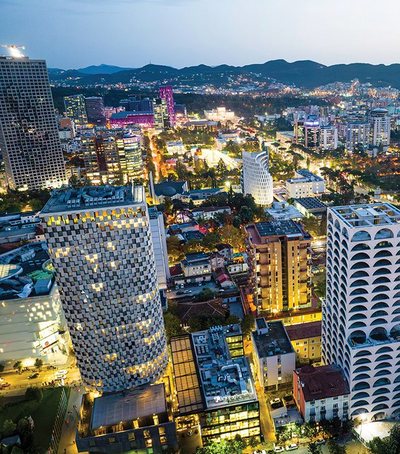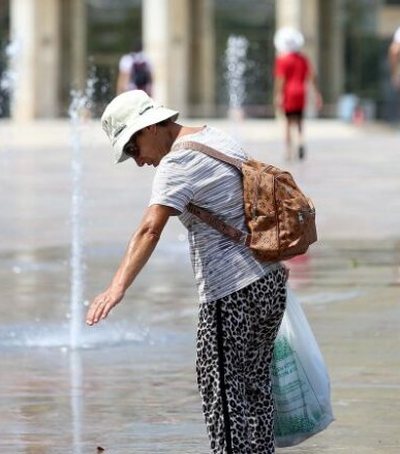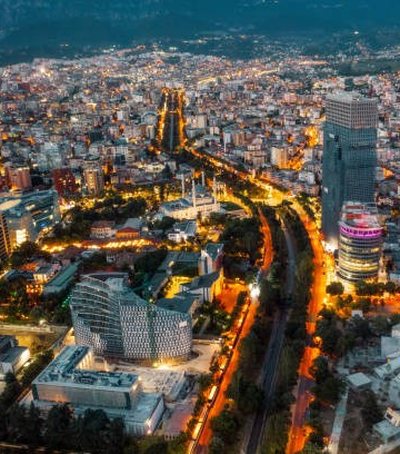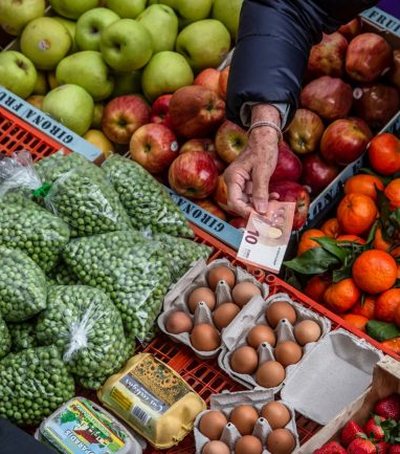For years now, coffee bars have been holding the leading position as one of the most important social, cultural and entertainment institutions and for this reason it is enough to look at the number of bars operating in Albania.
The year 2018 saw an increase in coffee imports both in quantity and value. According to Customs data, over 7,000 tonnes of coffee, worth ALL 28.6 billion, were imported last year. Compared to a year ago, imported quantities increased by 32%, while in value by almost 20%.
Data from the last five years show that coffee imports rose again, as they declined during 2017. The highest level of imported quantities was recorded during 2016 with nearly 8,500 tons of imported coffee.
Albania consumes 2.5 kg of coffee per capita
According to Monitor estimates, during 2018 an Albanian consumed an average of 2.5kg of coffee, up from a year earlier. With 1 kilo of coffee, a bartender can make between 120 and 150 cups of coffee on average. Thus an Albanian consumes an average of 300 to 375 coffees a year. However, when calculating per capita coffee consumption the total population is taken into account, but taking into account that children do not consume coffee, adult consumption may be even higher.
Per capita coffee consumption was calculated by subtracting the amount of coffee exported abroad by imports and dividing it by population. Albania exports modest amounts of coffee to countries in the region such as Northern Macedonia and Serbia.
The first in the world for the high number of bars
According to the latest INSTAT Structural Survey 2016 data, in Albania, the number of bars and restaurants reached 18,795 (14,200 bars and 3,965 bars), up 6.3% compared to the previous year (opened about 1200 new bars and cafes in one year and 96 bars and restaurants are closed)
With a population of 2.87 million, Albania has 654 bars per 100,000 inhabitants, according to Monitor estimates, or 1 bar per 152 residents.
Albania also surpassed Spain in 2016, which still holds the European Union (EU) and world record for the highest number of bars per capita, with 592 bars per 100,000 inhabitants, or one bar- coffee for 169 residents, according to a recent EU study.
Where does the coffee we consume come from
About 60% of the quantity imported in 2018 had Italy as the country of origin, according to Customs data. Imports from Italy are estimated to be around $ 16.9 million. In second place is coffee imported from Brazil, with about 22% of the total value of imports, or $ 6.5 million. In third place are the imports from India with 10% of the total value of $ 3 million, while the coffee from Vietnam accounts for 6% of the total, worth $ 1.6 million.
International Coffee Day, how much Europe imports
In 2018, the EU imported over 3 million tons of coffee from overseas, 12% more than 10 years ago. The value of imports was 7.8 billion euros.
Most of the coffee imported in 2018 from non-EU countries came from two countries: Brazil (901,000 tonnes imported into the EU, or 29% of total non-EU imports) and Vietnam (770,000 tonnes, 25%) .
They were followed by Honduras (228,000 tons, 7%), Colombia (173,000 tons, 6%), Uganda (161,000 tons, 5%), India (157,000 tons, 5%), Peru (127,000 tons, 4%) and Ethiopia (87,000 tons, 3%).
These imports were mainly in Germany (with 1.1 million tons imported, or 36% of total extra-EU imports) and Italy (587,000 tons, 19%), ahead of Belgium (277,000 tons, 9%), Spain (260,000 tons). , 8%), France (220,000 tons 7%) and the United Kingdom (193,000 tons, 6%).
Germany and Italy, the leading producers of coffee
In 2018, over 1.8 million tonnes of coffee were produced in the EU, 3% less than 10 years ago. EU coffee production was worth 10.5 billion euros, with an estimated 3.4 kilograms per capita.
Among the EU member states, Germany has produced more roasted coffee in 2018, with 551,000 tonnes, or 31% of the EU's total production, followed by Italy with 414,000 tonnes, 23%; France with 139 thousand tons, 8%; Spain and the Netherlands, each with 138,000 tons, 8%; as well as Sweden with 91 thousand tons, 5%.
In 2018, these six EU member states produced 83% of total roasted coffee production in the EU.
Source: Monitor





